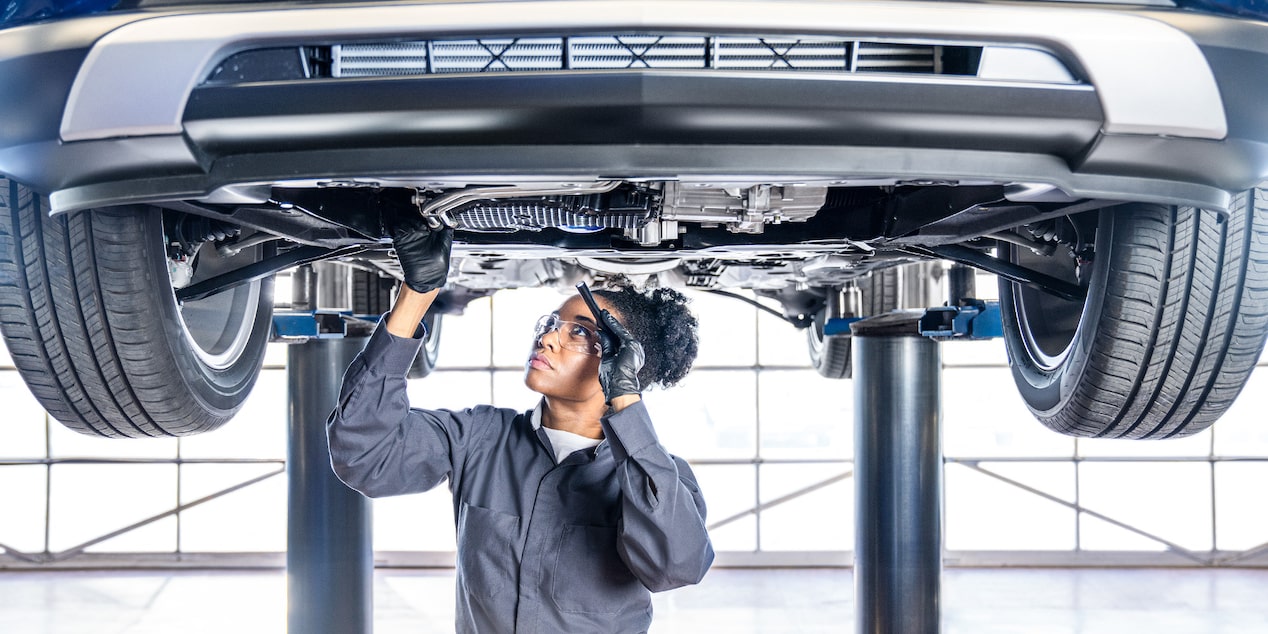All Categories
Featured

Few things are much more alarming for a vehicle driver than the sudden lighting of the check engine light (CEL) on the control panel. While it could activate immediate worry, recognizing what this light stands for can empower you to handle the situation properly. Allow's check out the possible reasons behind the CEL and the steps to fix it.
What Does the Examine Engine Light Mean? The CEL becomes part of your vehicle's onboard diagnostics (OBD) system. It keeps track of a variety of systems within the automobile, consisting of discharges, fuel performance, and overall engine efficiency. When the system spots a mistake or abnormality, it causes the CEL to signal the motorist.
Solid Light: Indicates a non-critical issue, such as a small sensing unit malfunction. Nonetheless, it still requires interest to avoid long-lasting damage. Flashing Light: Signals an extreme issue, like an engine misfire, that needs prompt attention to stop considerable damages. Typical Factors for the Check Engine Light. Below are some of the most constant sources of a CEL, varying from straightforward to complicated:
Loose Gas Cap:
A loosened or broken gas cap can interrupt the gas system, triggering the light. This is just one of the most convenient issues to repair-- just change the cap or tighten. Oxygen Sensor Failure:
The oxygen sensing unit measures the air-to-fuel proportion for optimum combustion. A faulty sensor can lead to decreased gas performance and greater exhausts. Stimulate Plug or Ignition Coil Concerns:
These components are necessary for the combustion procedure. Damaged ignition system or malfunctioning coils can trigger misfires and harsh engine performance. Catalytic Converter Problems:
This component lowers hazardous discharges from your vehicle. Failure to resolve other engine issues can lead to catalytic converter damage. Mass Airflow (MAF) Sensor Failing:
The MAF sensing unit makes sure the correct amount of air combines with gas. An unclean or stopping working MAF sensor can reduce power and gas efficiency. Steps to Take When the CEL Begins. Don't Panic:
Take a moment to observe your lorry's efficiency. Is it driving normally, or exist signs and symptoms like reduced power or odd noises? Examine the Gas Cap:
Tighten or reseat it if essential. This basic repair deals with numerous CEL circumstances. Make Use Of an OBD-II Scanner:
Connecting in a scanner supplies certain trouble codes that recognize the trouble. Lots of auto parts stores supply this solution free of cost. Check out a Technician if Required:
If the CEL stays on or flashes, have an expert examine your auto. Delaying fixings could lead to a lot more costly solutions. Preventative Actions to Prevent CEL Issues. Regular Maintenance:. Adhere to the maker's routine for oil adjustments, trigger plug replacements, and air filter cleaning. Check Secret Components:. Periodically check your gas cap, belts, and hose pipes for wear or damages. Usage High Quality Fuel and Oil:. Costs items can stop deposit build-up that might influence sensing units and engine elements. Why You Ought To Address the CEL Quickly. While it's alluring to ignore a solid CEL, laziness can cause severe repercussions. What begins as a minor problem-- like a loosened gas cap-- can develop into expensive repair work. Addressing the light early ensures your lorry remains efficient and secure.
Conclusion. The check engine light is not a cause for instant panic, but it must never ever be overlooked. Recognizing its purpose and potential triggers outfits you to make educated decisions, whether it's a quick gas cap change or a journey to your technician. With proper maintenance and timely activity, you can keep your auto running smoothly and avoid unneeded repair services.
Latest Posts
Uncover the Best Auto Repair Deals in Montclare, Chicago
Published May 29, 25
1 min read
Explore Brake Repair & More: Complete Services Guide from Montclare Auto Repair
Published May 24, 25
1 min read
Explore Exclusive Auto Repair Offers in Chicago at Montclare Auto Repair
Published May 22, 25
1 min read
More
Latest Posts
Uncover the Best Auto Repair Deals in Montclare, Chicago
Published May 29, 25
1 min read
Explore Brake Repair & More: Complete Services Guide from Montclare Auto Repair
Published May 24, 25
1 min read
Explore Exclusive Auto Repair Offers in Chicago at Montclare Auto Repair
Published May 22, 25
1 min read